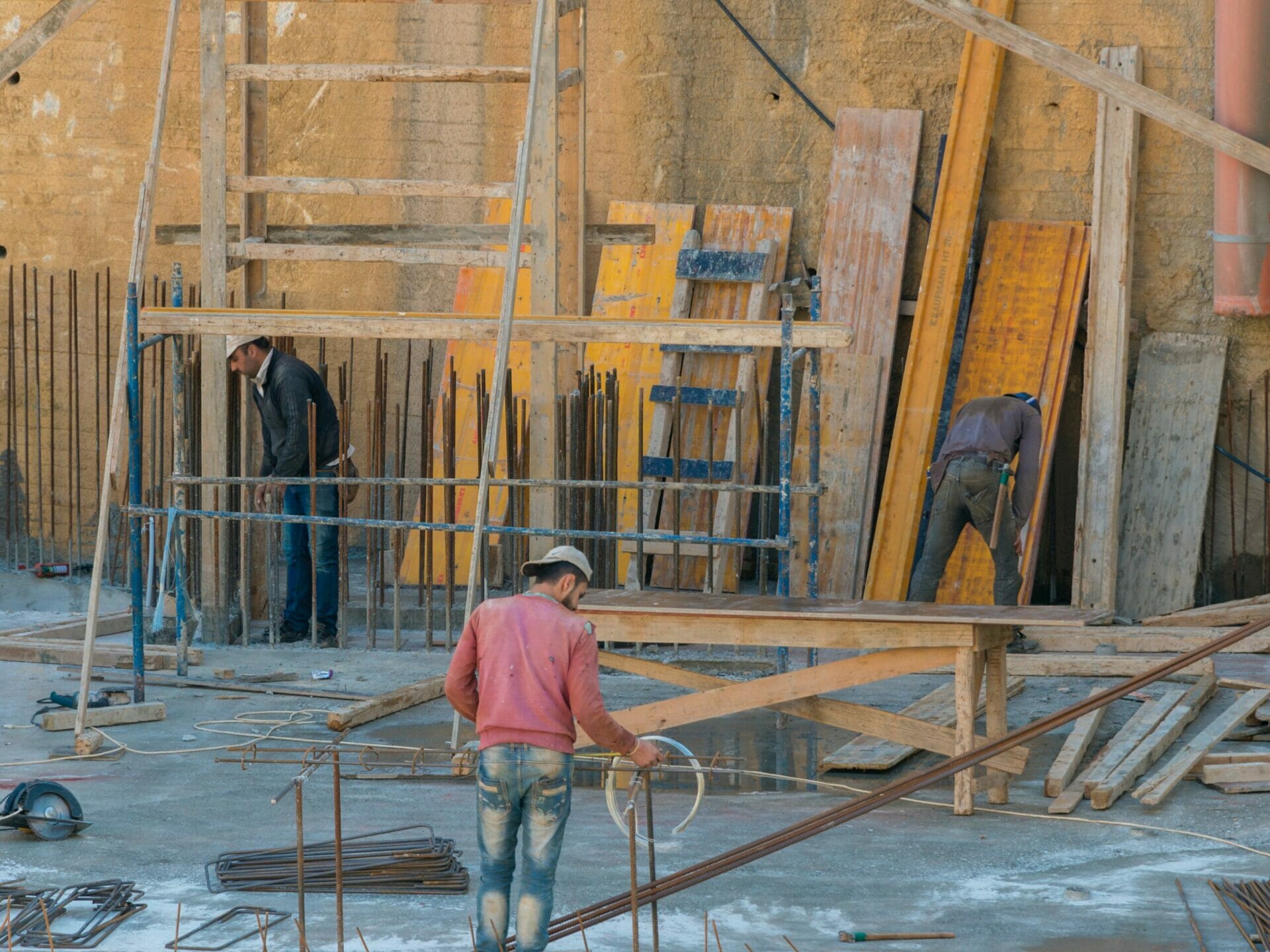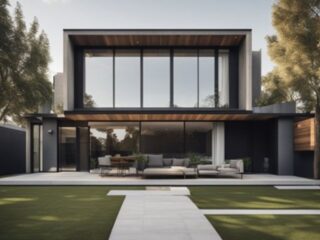
When it comes to building materials, there are many options available to you. From traditional materials like wood and stone, to more modern alternatives like plastic and concrete, there is no shortage of options for your next construction project.
One material that has been gaining popularity in recent years is LVL, or laminated veneer lumber.
What is LVL
Laminated veneer lumber (LVL) is a type of engineered wood product that is made from multiple layers of thin boards, called veneers. LVL is especially useful for building structures with large openings, because it can span longer distances than solid wood. It also has increased stability and strength compared to solid wood, which makes it ideal for use in construction projects.
It can be manufactured in a wide range of sizes and thicknesses, depending on the type of building project it will be used for. The veneers are bonded together with a strong adhesive to create an extremely strong and durable product.
LVL has many benefits compared to traditional solid wood or other types of engineered wood products. It is resistant to shrinking, warping, and other issues that can affect less stable materials. It is also easier to work with than solid wood due to its uniform thickness, which means that it does not require as much additional processing for use in construction projects.
If you are looking for a strong and durable material for building structural elements in your home or other project, consider using LVL. It is a versatile and easy-to-use product that can provide the strength and stability you need while also being easy to work with. Whether you are building a new home or renovating an old one, LVL can be a great choice for your project.
What Are Some of the Uses of LVL
LVL is commonly used in construction projects for a variety of purposes. It can be used to create beams, headers, joists, and other structural elements. It is also often used as a form of sheathing.
Beams: Beams are one of the most common uses of LVL. Because of its strength and durability, LVL beams are often used in large open spaces where there are no interior walls to support a wooden beam.
Sheathing: LVL is also commonly used as sheathing, which is the material that covers the outside of a home or building. It provides additional protection against moisture and other elements that can damage the structure of a home.
Joists: Joists are another common use for LVL. They are often used in conjunction with beams to provide additional support for a structure.
Headers: Headers are also common uses for LVL. They are used to support trusses and other structural elements in a building.
Is LVL Stronger Than Hardwood
There is no definitive answer to this question, as it depends on the specific type of hardwood and LVL that you are comparing. In general, however, LVL tends to be stronger than many types of hardwood due to its uniform composition and increased stability. However, the specific strength and durability of LVL will depend on a number of factors, including the type of adhesive used to bond the veneers together and the thickness of the lumber. If you are looking for a strong and durable material for your construction project, LVL is a good option to consider.
How Much Does LVL Cost
The cost of LVL will vary depending on the specific type of lumber you purchase and the size of the boards. In general, however, LVL tends to be more expensive than traditional solid wood. This is due to the increased stability and strength of the lumber. If you are looking for a budget-friendly option, consider using other types of engineered wood products.
The average cost of LVL lumber is about $2.50 per square foot. This price may vary depending on the specific type of lumber you purchase and the size of the boards.



